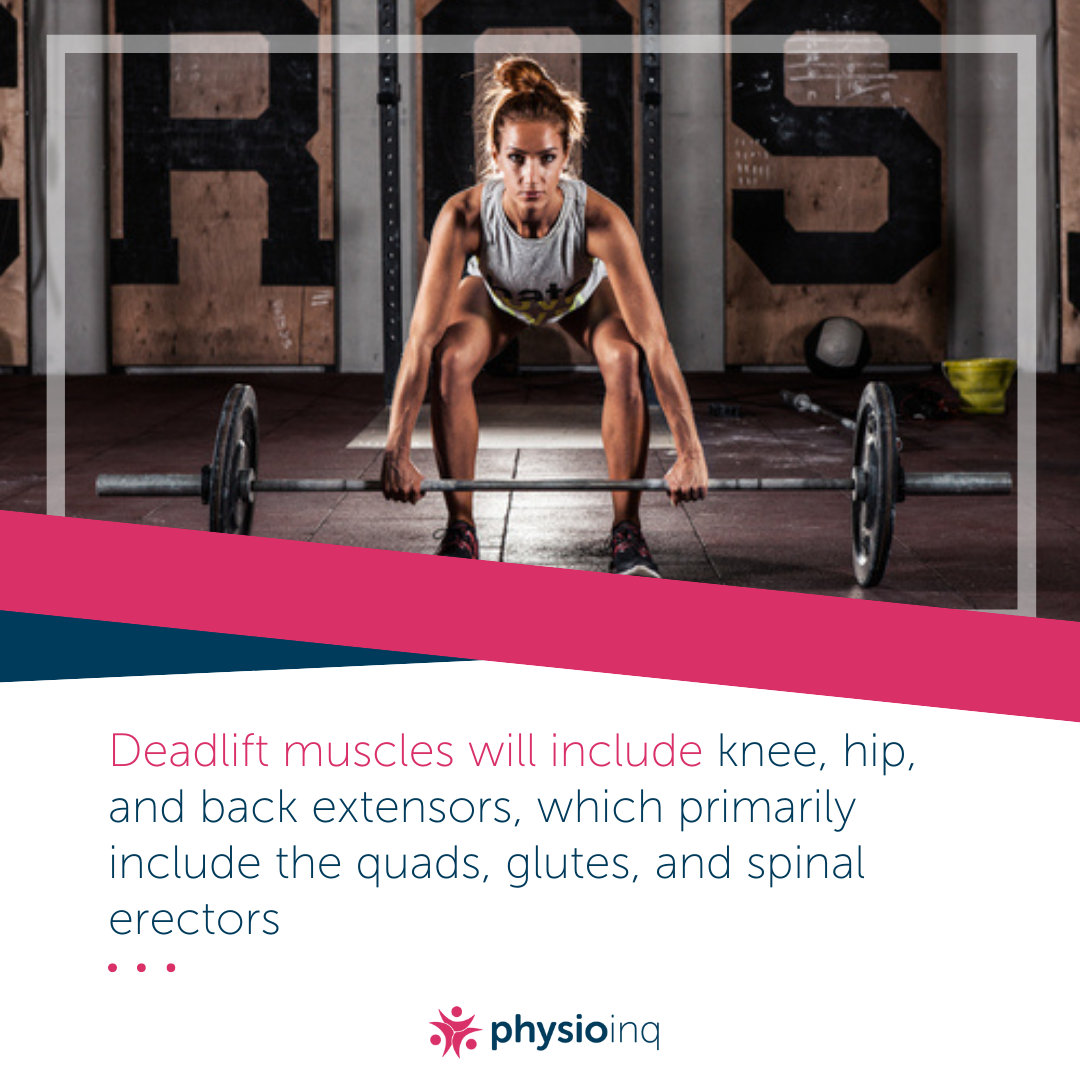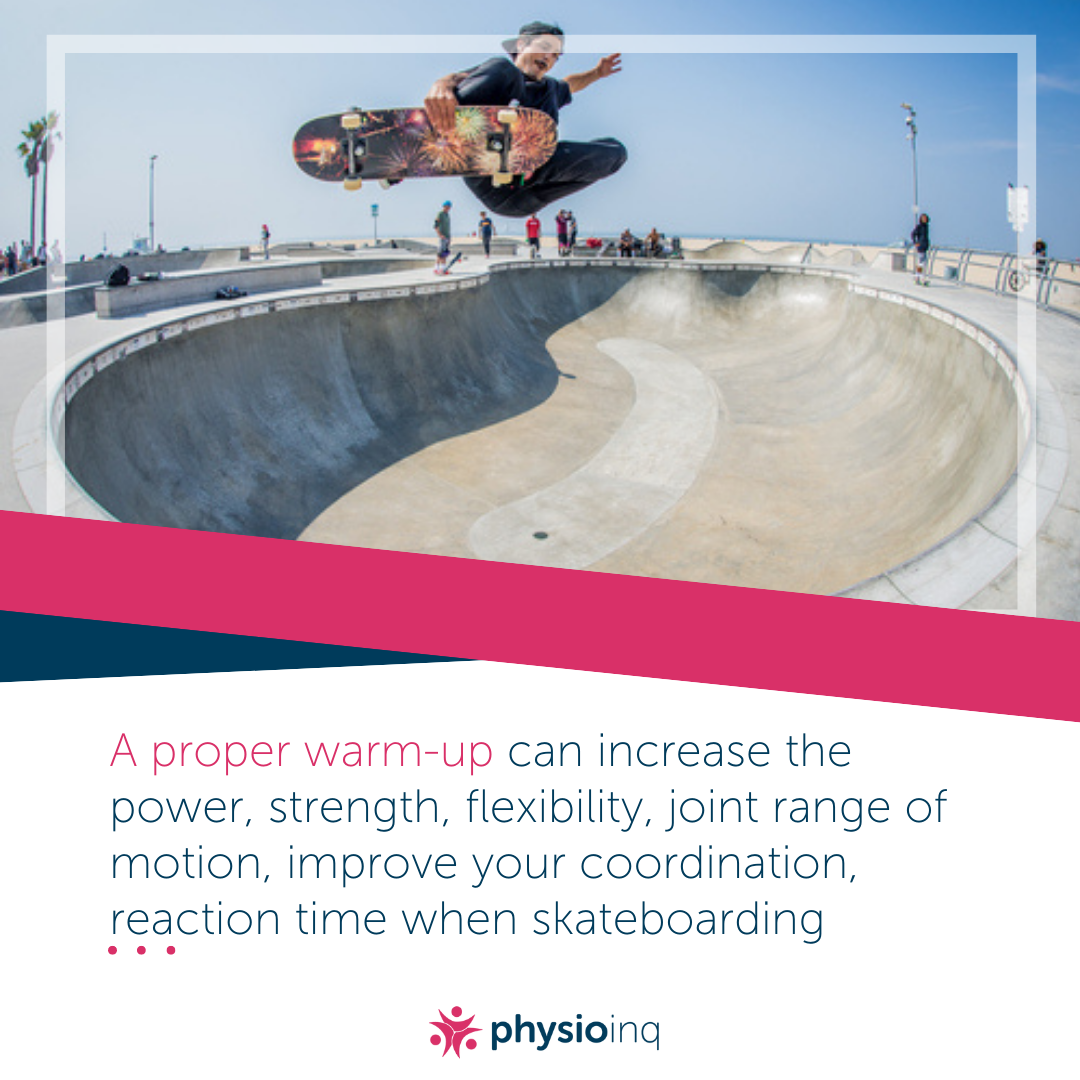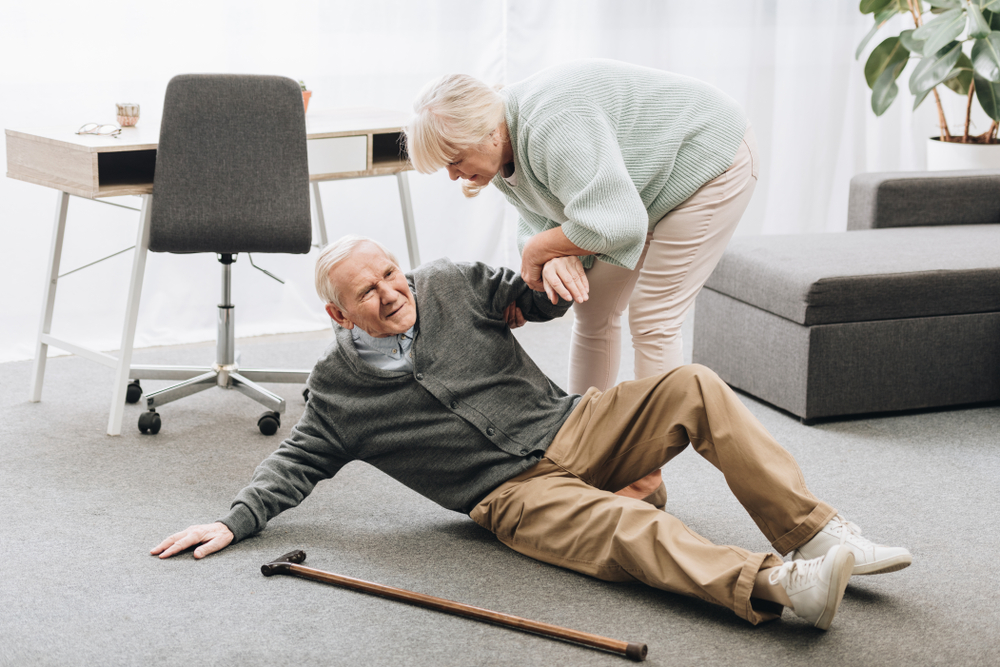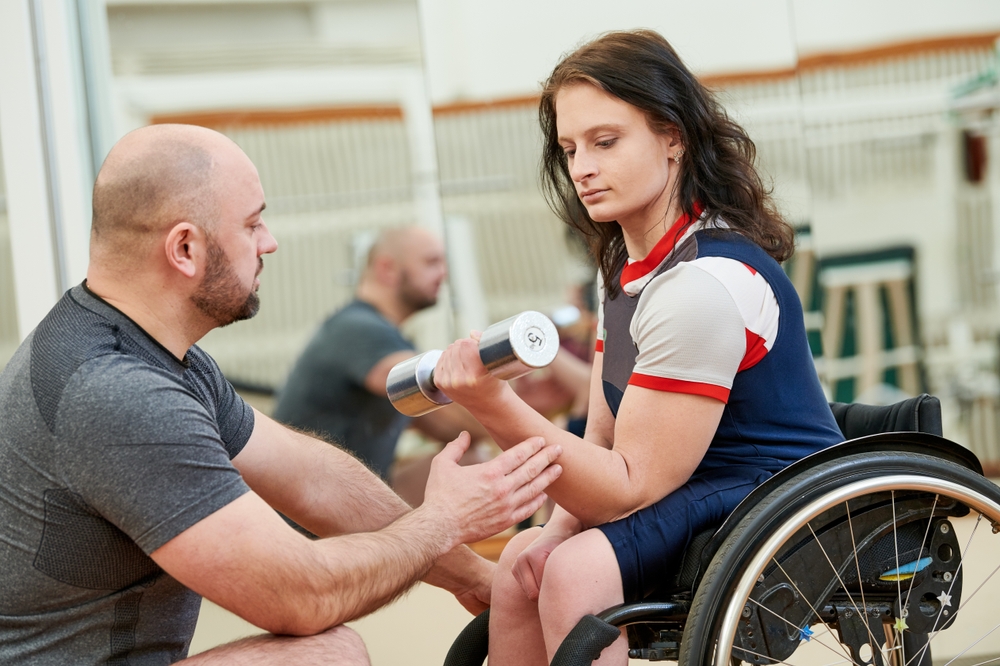Make an Appointment
Your hamstring refers to a group of muscles at the back of the thigh - the Semitendinosus, the Semimembranosus, and the Biceps femoris. A strained hamstring is one of the most common injuries in the AFL, causing players to miss countless games every season.
Here, we’re talking about hamstring contusions versus strains, the risk factors associated with a hamstring injury in the AFL, how to treat a hamstring injury, and some hamstring exercises to ask your physio about.
AFL Hamstring Contusion vs. Strain
Hamstring strains are common in active people, not only AFL players. Hamstring contusions, on the other hand, happen more often during contact sports like footy. Let’s define both.
Hamstring Contusions
A hamstring contusion is a tear caused by direct impact to the group of muscles behind your thigh. The muscles are essentially being crushed by the thigh bone due to the impact and can cause pain, swelling, bruising, and sometimes limited ability to move.
There are two kinds of hamstring contusions: intramuscular and intermuscular. Intramuscular means the tear occurred within the sheath that surrounds the muscles. Intermuscular means that the tear affected both the muscle and its surrounding sheath.
Intermuscular contusions usually take less recovery time since the blood can flow to and away from the injury more easily versus the blood being trapped within the muscular sheath as what occurs with and intramuscular contusion.
Hamstring Strains
A hamstring strain is when the muscles tear, but not necessarily due to a direct hit. Technically, a hamstring contusion is a type of hamstring strain since they are both tears to the muscle group, but a muscle strain can be brought about in a few different ways other than direct impact.
Hamstring strains might occur due to:
- Sprinting
- Stretching
- Injury or tightness elsewhere in the body
Additionally, hamstring strains occur in one of three grades:
- Grade I: An over-stretch
- Grade II: A muscle tear
- Grade III: A complete rupture of the muscle
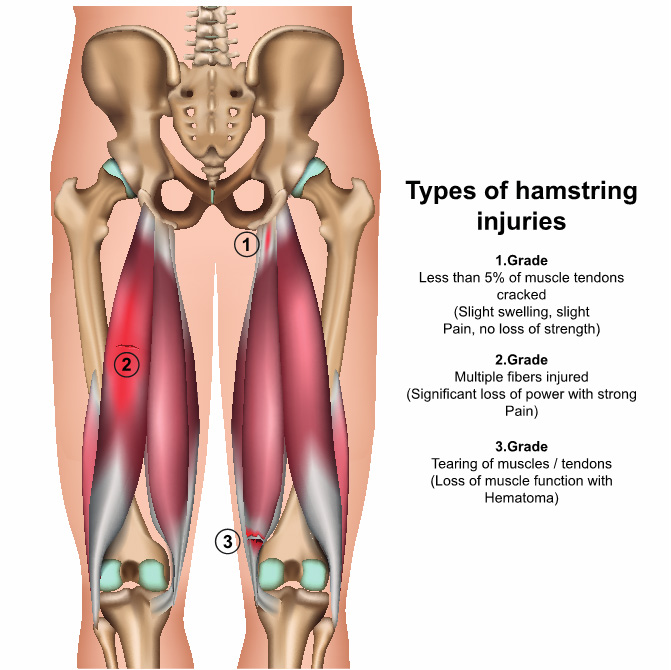
Considering these causes, it makes sense that hamstring strains are so prevalent in the AFL. During a game, you’re constantly sprinting and darting from one point to the next, it’s necessary to stretch meaning it’s possible to overstretch, and it’s likely you have other injuries in your back or hips, all of which can lead to hamstring strains.
Risk Factors in AFL Hamstring Injuries
There are certain risk factors associated with hamstring strains. These factors are important to understand to prevent future hamstring strains as much as possible. The main risk factors in hamstring strains include:
- Poor flexibility
- Poor fitness and endurance
- Strength and flexibility imbalances between the muscles in the leg
- Back issues which can cause issues with the hamstrings
For an AFL player, it’s not likely that you have poor flexibility, fitness, or endurance. Still, it’s always important to maintain a training regimen that keeps your body limber, fit, and strong. For AFL players, muscle imbalances and back issues might be the more prevalent risk factors.
During the footy season, it’s likely that you’ll be using your dominant leg more than the other, plus, doing certain moves can build up some muscles in the leg while neglecting others. This could easily lead to muscle imbalances both overall and within a specific muscle group.
To rebalance your body, it’ll be important in the off-season to train as evenly as possible. Of course, you’ll want to do your best to balance everything out in-between games, but to be fair, this isn’t the most realistic when your goal is to play the best footy possible.
Also, back and hip issues are a huge factor in potential hamstring injuries. If you notice back pain or if you’ve recently injured your hip, it becomes extra important to take caution with your hamstrings. Your hamstring muscles are connected to your back through the hip joint, so paying attention to these connections will serve you well.
Hamstring Injury Treatment
There are a few steps in the treatment of a hamstring injury, so let’s go through them in order.
You’ll need to employ the PRICER method. It’s an expanded version of RICE which you may already be aware of. For AFL players, though, the extra steps are important.
- Protection: First things first, you must protect the muscle from further injury. That means, stop playing and get off the field as soon as possible.
- Rest: This incredibly important step cannot be skipped and it is often the hardest for athletes to follow. If there is any pain at all, it is imperative to rest from any activity involving the hamstring.
- Ice: At the start, you’ll want to apply ice every 15 minutes or so. As your hamstring begins to heal, you can taper off and ice only about 3 or 4 times a day. Wrap ice in a tea towel instead of applying the ice directly to the skin to prevent burns.
- Compression: Tightly (but not too tightly) wrap the thigh in a bandage or brace to apply compression to the injury.
- Elevation: Make sure to elevate the leg to promote healthier blood flow and reduce the swelling.
- Referral: Make an appointment with a physiotherapist to prepare for your rehabilitation.
During this process, you can also take anti-inflammatory medication to help with the inflammation.
AFL Hamstring Exercise Program
Once you start seeing a physiotherapist, they will help you with an exercise program to help rehabilitate the muscles. Although these exercises won’t be as strenuous as you’re probably used to as an AFL player, it’s important not to rush the process.
Your physiotherapist might even suggest some remedial massage to help during your rehabilitation.
Generally, hamstring exercises after a hamstring injury will include stretching and strengthening the muscles in a holistic way as well as preventative exercises you can do during the AFL season.
Looking at the risk factors associated with hamstring injuries, as we mentioned earlier, are the best predictors of future issues. So, depending on what risk factors you might be presenting, your physiotherapist will show you preventative exercises based on your specific needs.
For example, your physio might work on strengthing your abduction and adduction in the hip joint to strengthen those muscles to prevent a hamstring injury. Or you might work on the flexibility in your lower back which can also help.
Or, you might need direct attention on the hamstring itself, whether that’s strengthening or elongating the muscles with targeted exercises.
Book an appointment with one of our expert sports physiotherapists to help with your rehabilitation or prevention exercises after an AFL hamstring injury. Call us today!
Date Published: Tuesday, March 17, 2020
Locate a Mobile Exercise Physiology
Service Near me
Get the experience & convinence you deserve to support your or a loved one's allied health needs.
Our Mobile Exercise Physiology team are currently serving & taking appointments in the following states and regions in Australia:
New South Wales
- Blacktown
- Blue Mountains
- Campbelltown And Macarthur
- Canterbury-Bankstown
- Central Coast
- Eastern Suburbs Sydney
- Georges River
- Hawkesbury
- Inner East Sydney
- Inner West Sydney
- Lower North Shore
- Newcastle
- Northern Beaches
- North Sydney
- Parramatta
- Penrith
- South West Sydney
- Sutherland Shire
- Sydney CBD
- The Hills Shire
- Upper North Shore
- Waverley
- Wollongong
Tasmania
Victoria
Need to get into direct contact with ur Client Services team? We're all ears. Call our team directly on 1300 731 733


